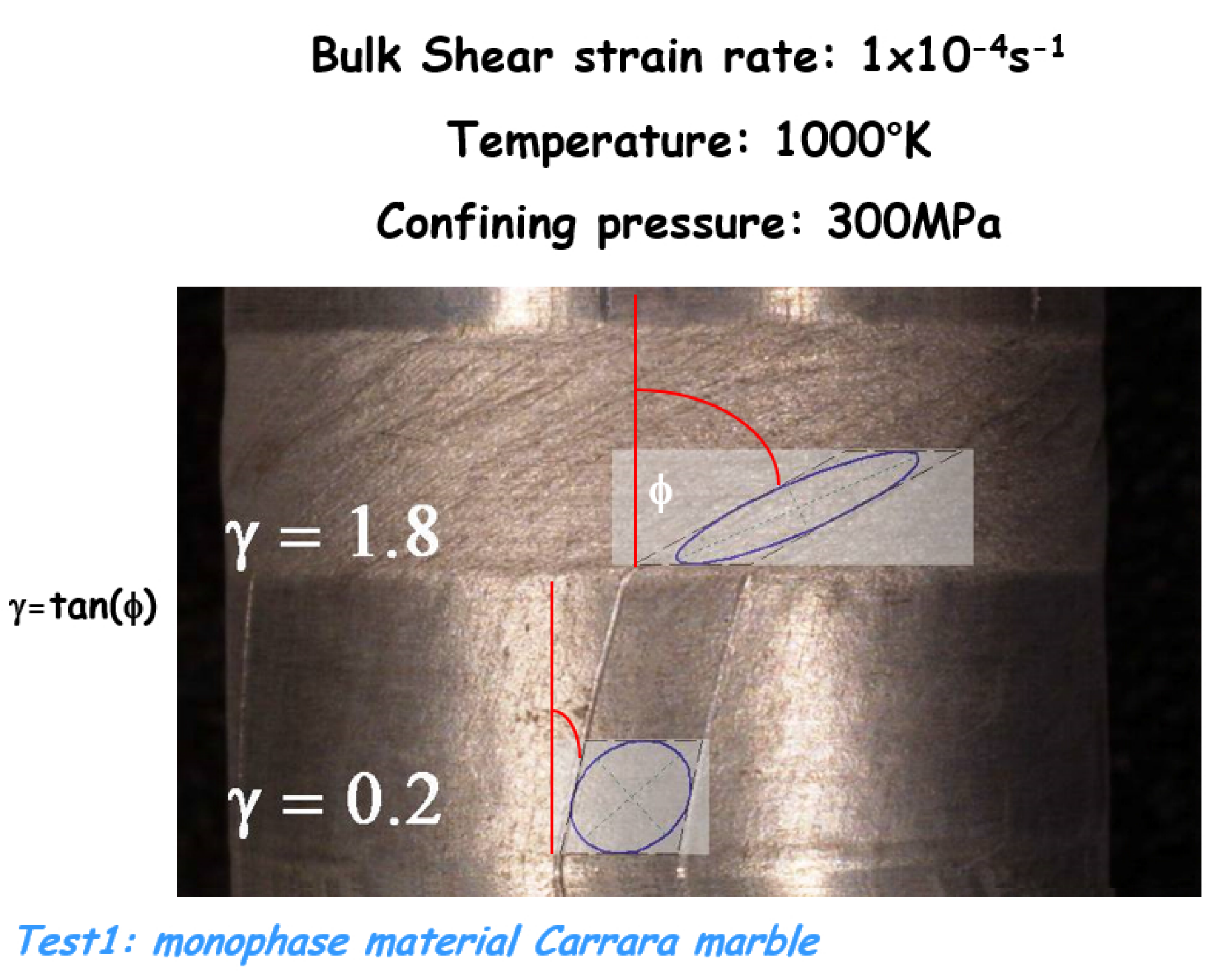Experimental Rock Deformation
Objective
Geodynamical modeling makes use of experimentally determined flow-laws. The aim of this course is to illustrate how to determine flow-laws of rocks from experiments and how to extrapolate to natural conditions. Since the time scale of laboratory experiments is several orders of magnitude faster than nature, we compare the microstructure of natural rocks with that produced during the experiments to prove that the same mechanisms are operating. For this purpose, the fundamental techniques of experimental rock deformation will be both illustrated and tested on natural rock samples in the plastic deformation regime (high temperature) as well in the brittle regime. There will be enough time to test practically in the lab, to acquire the data, to correct for calibration and to process the data and finally to interpret the data.
The course is at Master student level, but will be useful for PhDs students who want to begin to work in experimental deformation or who want to know the meaning and the limitation of laboratory flow-laws for geodynamic modelling.
Content
1) Experimental deformation apparatus
- Gas apparatus
- Fluid apparatus
- Solid medium apparatus
2) Main parts of apparatus
- Mechanical, hydraulic
- Heating systems
- Sensors and data logging
3) Calibration of apparatus
- Distortion of the rig
- Calibration of transducers
4) Different type of tests
- Axial deformation
- Diagonal cut and torsion deformation
- Constant strain rate tests
- Creep tests
- Stepping tests (strain rate, temperature, stress)
5) Testing on natural rocks (e.g. Carrara marble)
- Room temperature: brittle failure
- High temperature: plastic deformation (on the Paterson apparatus)
- Data processing
6) Experimental rheology
- Deformation mechanisms
- Flow laws
- Deformation mechanism maps
7) Microstructures
- Analysis
- Comparison with nature

